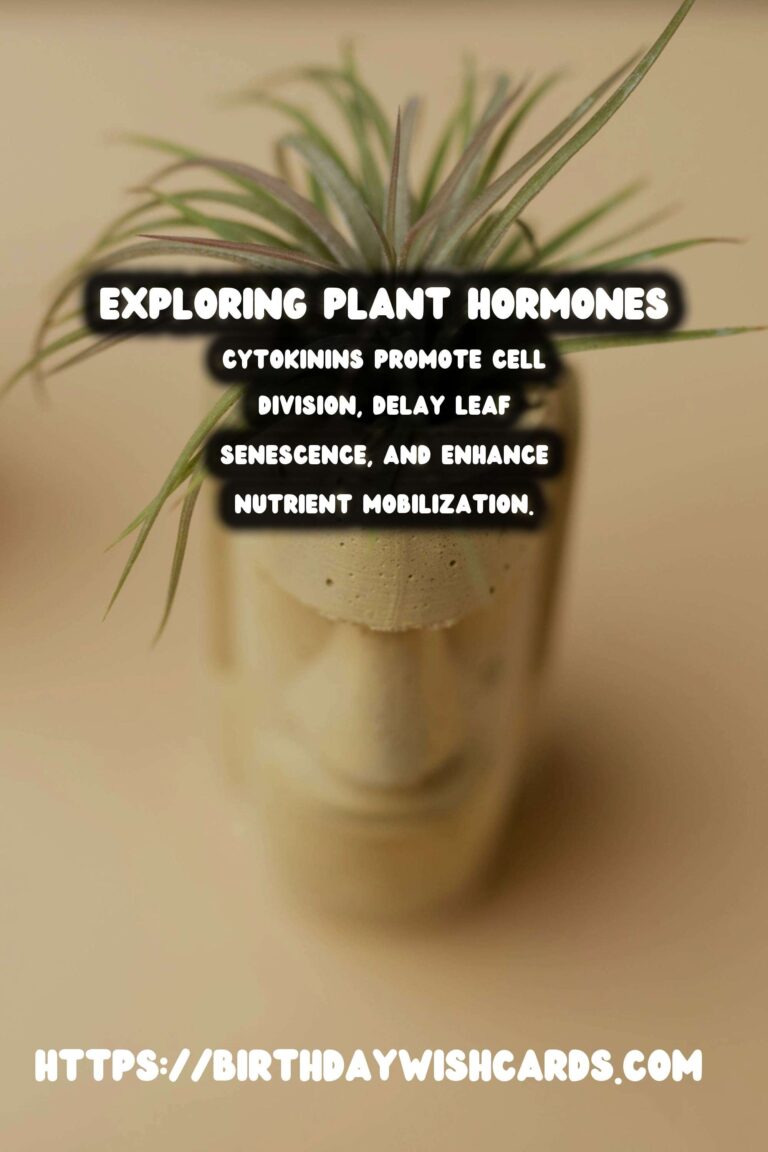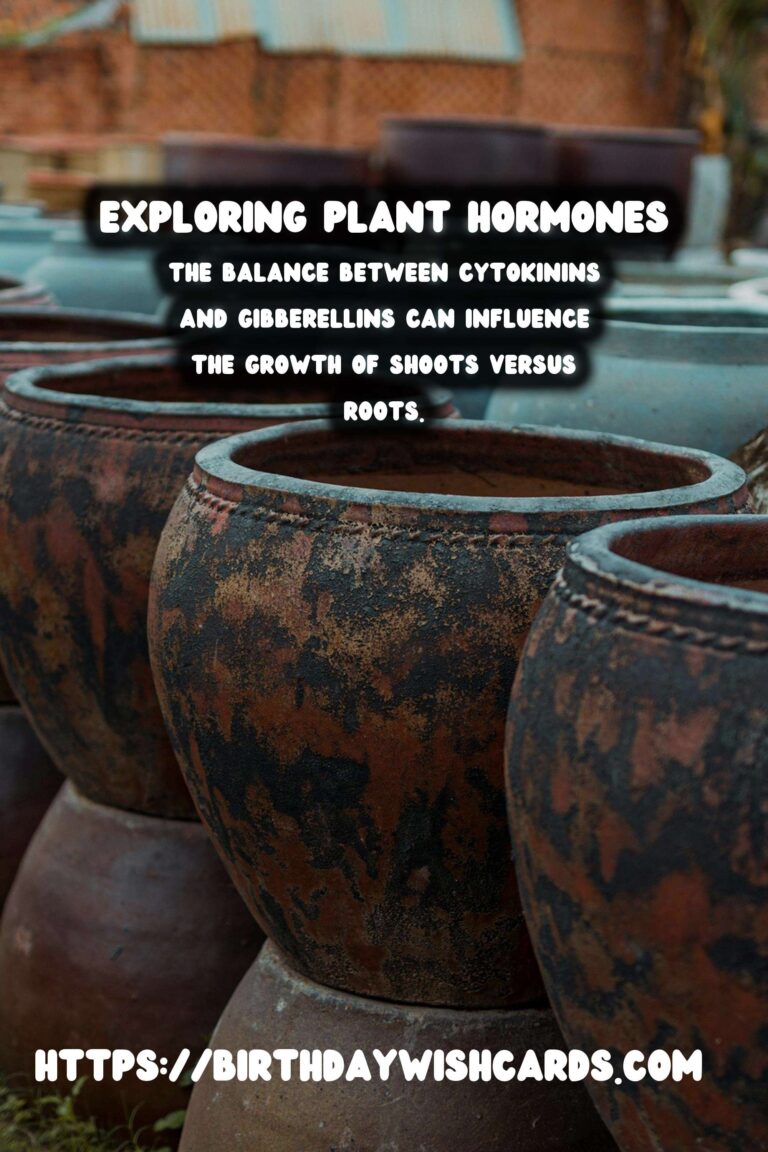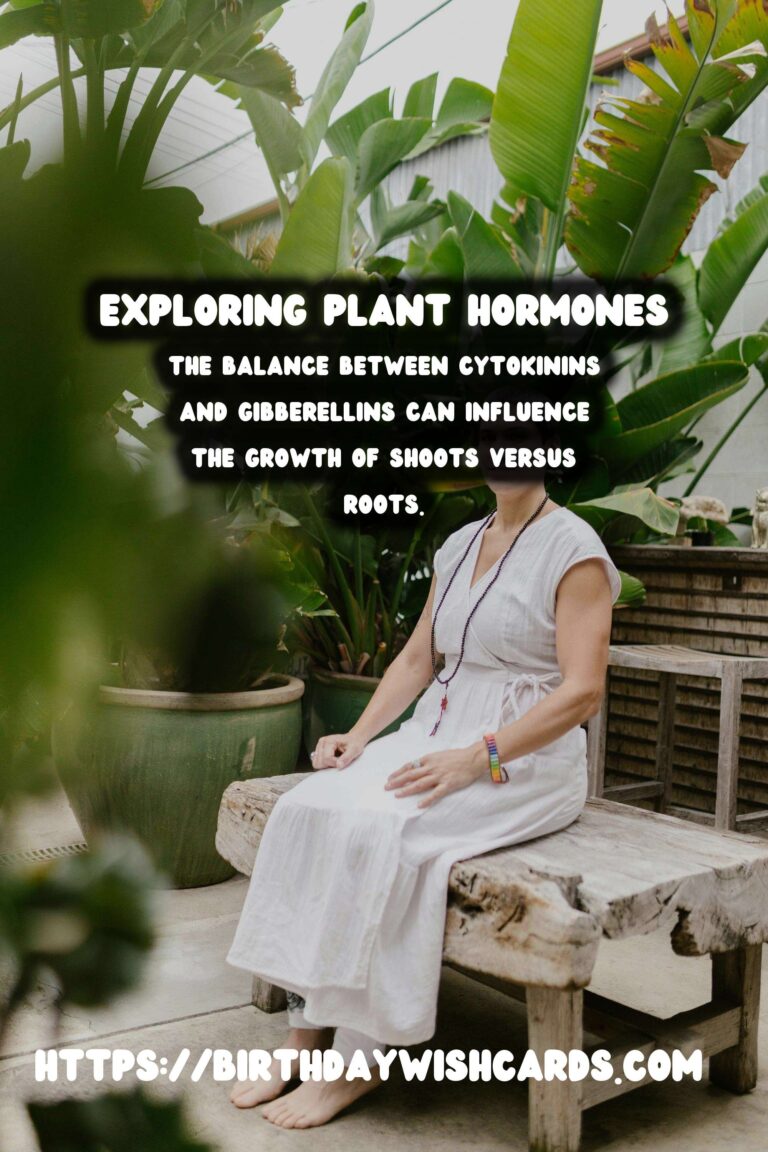
Plant hormones play a crucial role in coordinating various growth and behavioral processes in plants. Among these, cytokinins and gibberellins are two important types of hormones that significantly influence plant development. Understanding their functions can provide insights into how plants grow, develop, and respond to their environment.
What Are Plant Hormones?
Plant hormones, also known as phytohormones, are naturally occurring compounds that regulate plant growth and development. They are produced in small quantities and can have significant effects on plant physiology, including germination, growth, flowering, and stress responses. Each hormone has a specific role, and they often interact with each other to regulate plant functions.
Cytokinins: The Cell Division Promoters
Cytokinins are a class of plant hormones that primarily promote cell division and differentiation. They are known for their role in promoting lateral bud growth, delaying leaf senescence, and enhancing nutrient mobilization. Cytokinins are synthesized in the roots and transported to other parts of the plant where they exert their effects.
Functions of Cytokinins
Cytokinins have several key functions in plants:
- Promoting Cell Division: Cytokinins stimulate cell division in plant roots and shoots, contributing to plant growth.
- Delaying Senescence: They delay the aging process of leaves by maintaining chlorophyll levels, thus keeping the leaves green for a longer time.
- Stimulating Shoot Growth: Cytokinins promote the growth of lateral shoots and buds, thereby enhancing the plant’s overall architecture.
Applications of Cytokinins
Cytokinins are used in agriculture to improve crop yield and quality. They are applied to increase the size and number of fruits, delay leaf yellowing in stored vegetables, and enhance the growth of plant tissues in vitro.
Gibberellins: The Growth Enhancers
Gibberellins are another class of plant hormones that play a vital role in promoting stem elongation, seed germination, and flowering. They are known for their ability to break dormancy in seeds and buds, thus initiating growth processes.
Functions of Gibberellins
Gibberellins perform several important functions in plants:
- Stimulating Stem Elongation: Gibberellins promote the elongation of stems, allowing plants to grow taller.
- Breaking Dormancy: They play a critical role in breaking seed and bud dormancy, initiating germination and growth.
- Inducing Flowering: Gibberellins are involved in the regulation of flowering in some plants, especially those requiring vernalization.
Applications of Gibberellins
In agriculture, gibberellins are applied to improve fruit set, increase fruit size, and enhance the growth of root and shoot systems. They are also used to overcome the dormancy of seeds and promote uniform germination.
Interactions Between Cytokinins and Gibberellins
While cytokinins and gibberellins have distinct roles, they often interact to regulate plant growth and development. For example, the balance between cytokinins and gibberellins can influence the growth of shoots versus roots. Understanding these interactions can help in the development of strategies to manipulate plant growth for agricultural benefits.
Conclusion
Cytokinins and gibberellins are vital plant hormones that significantly contribute to plant growth and development. Their applications in agriculture and horticulture have made them valuable tools for enhancing plant productivity and health. As research continues, a deeper understanding of these hormones will enable more precise manipulation of plant growth to meet the demands of global food production.
Further Reading
For more detailed information on plant hormones and their applications, consider exploring scientific literature and dedicated botanical texts. Understanding these complex interactions can provide valuable insights into optimizing agricultural practices.
Plant hormones are naturally occurring compounds that regulate plant growth and development. Cytokinins promote cell division, delay leaf senescence, and enhance nutrient mobilization. Gibberellins are known for promoting stem elongation, seed germination, and flowering. The balance between cytokinins and gibberellins can influence the growth of shoots versus roots. Applications of these hormones in agriculture improve crop yield and quality. 









#PlantHormones #Cytokinins #Gibberellins #Botany #Agriculture




